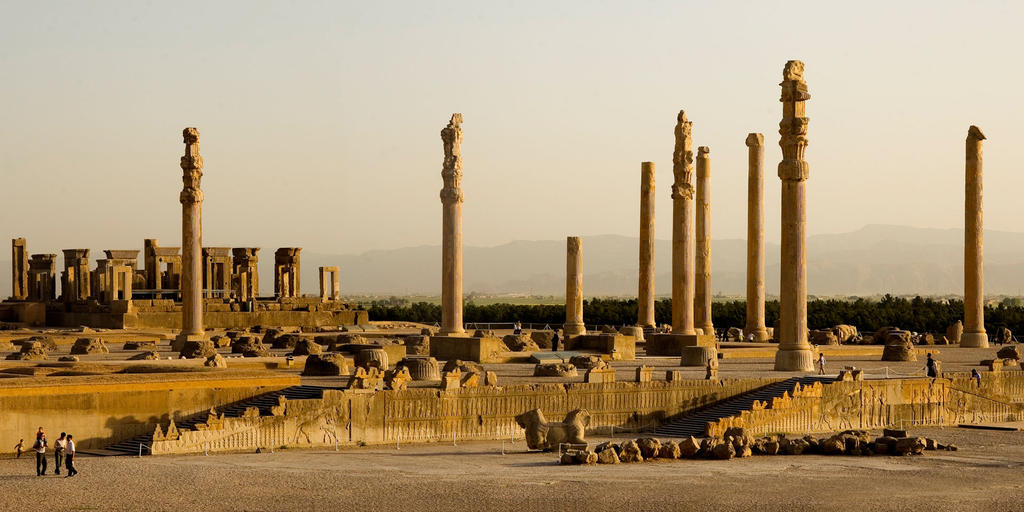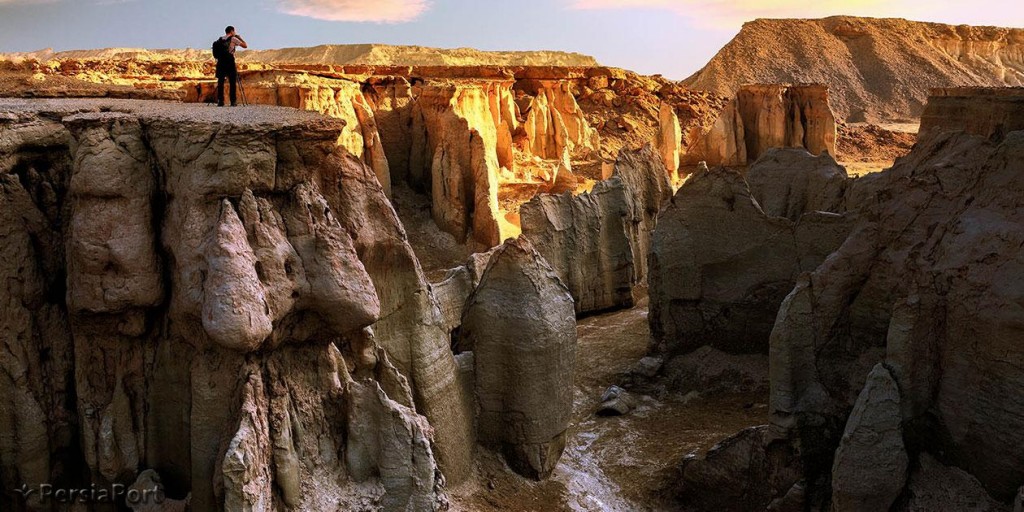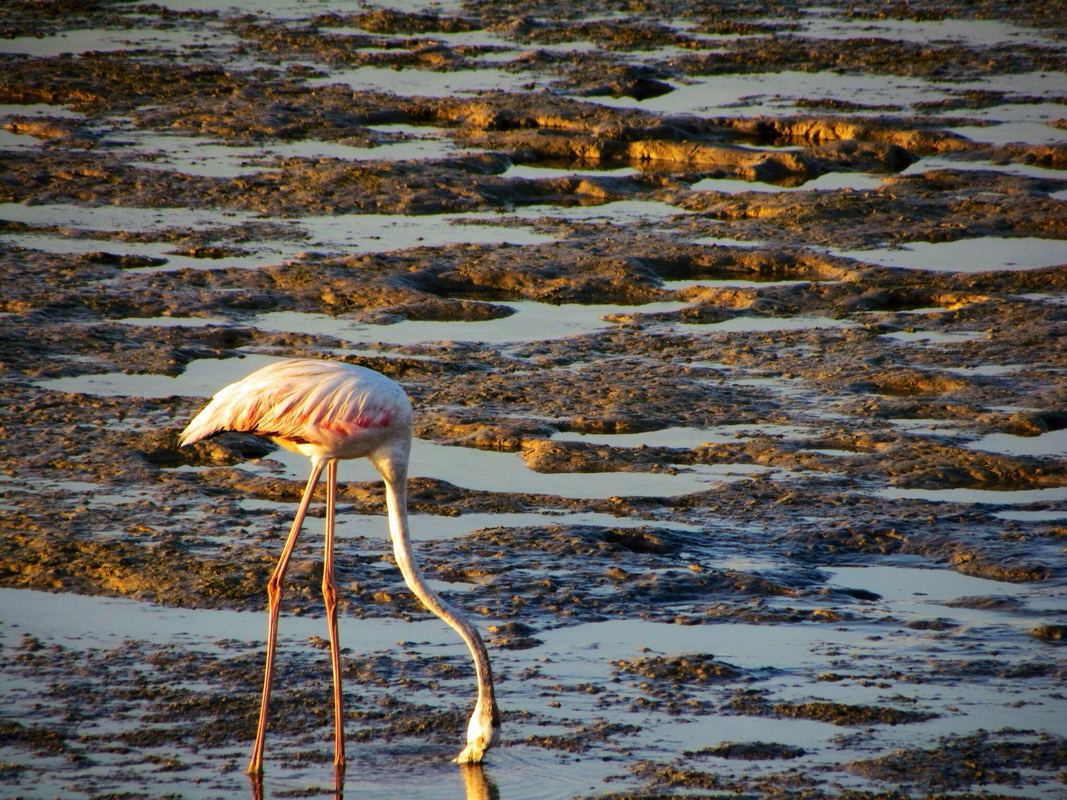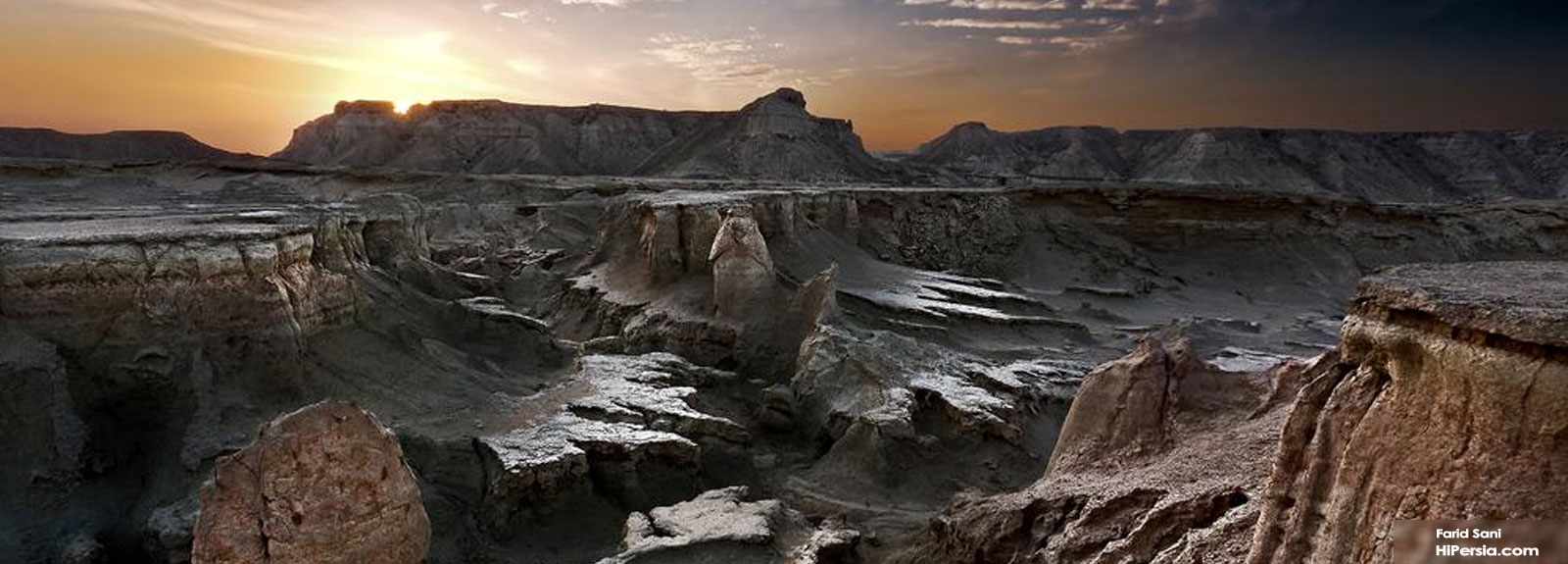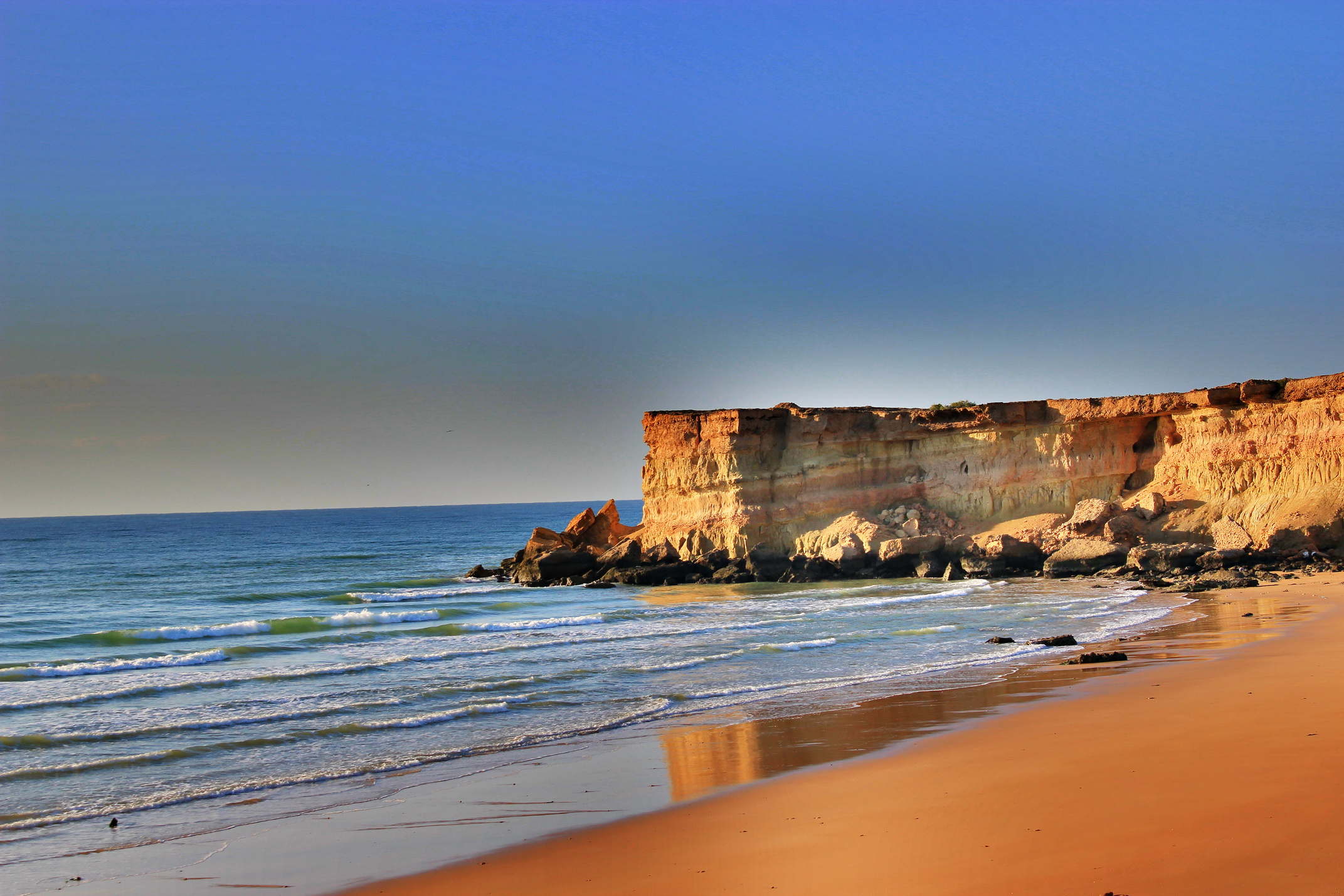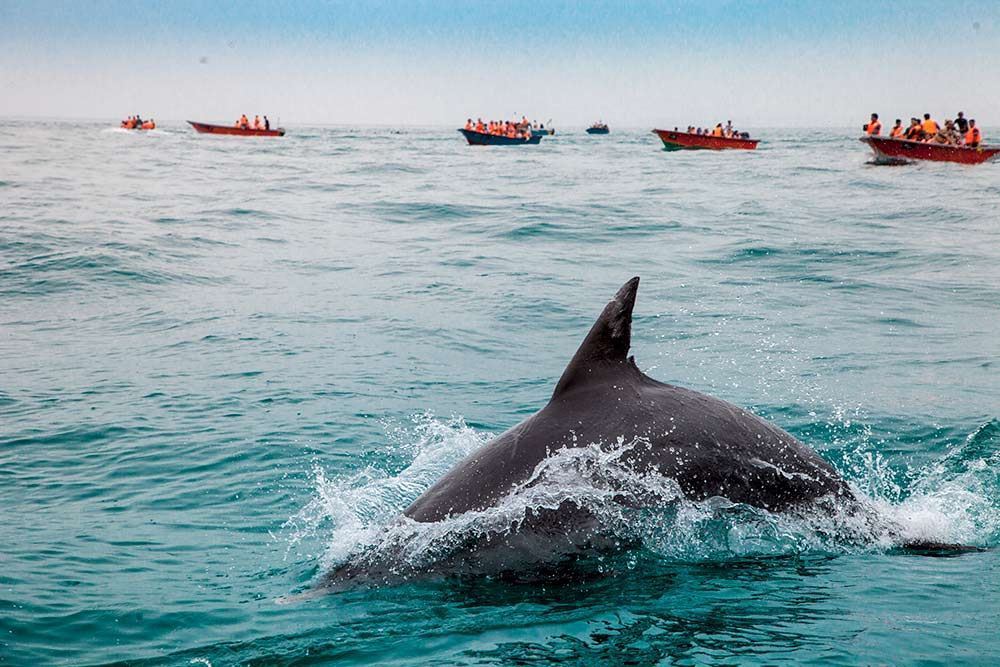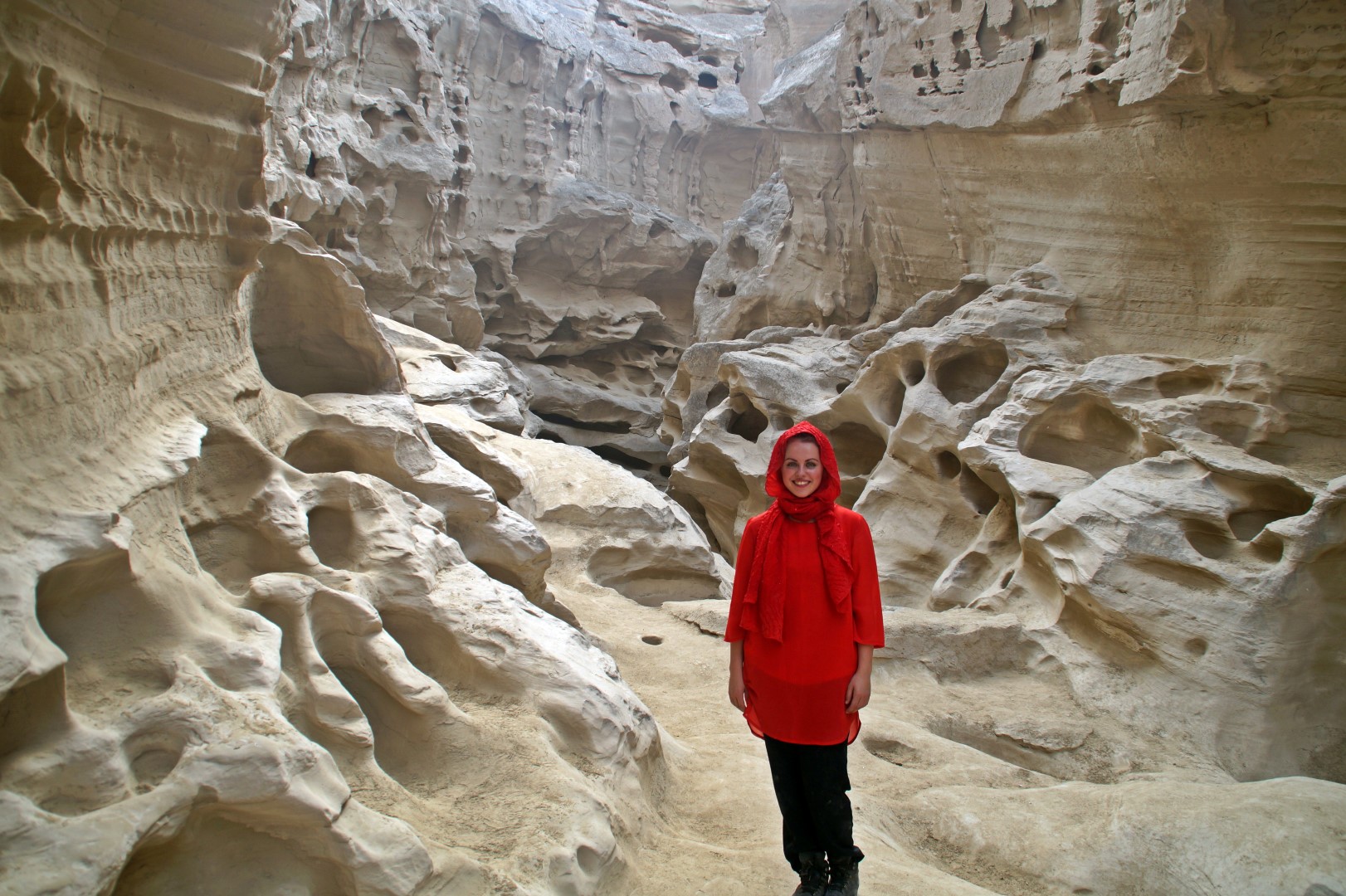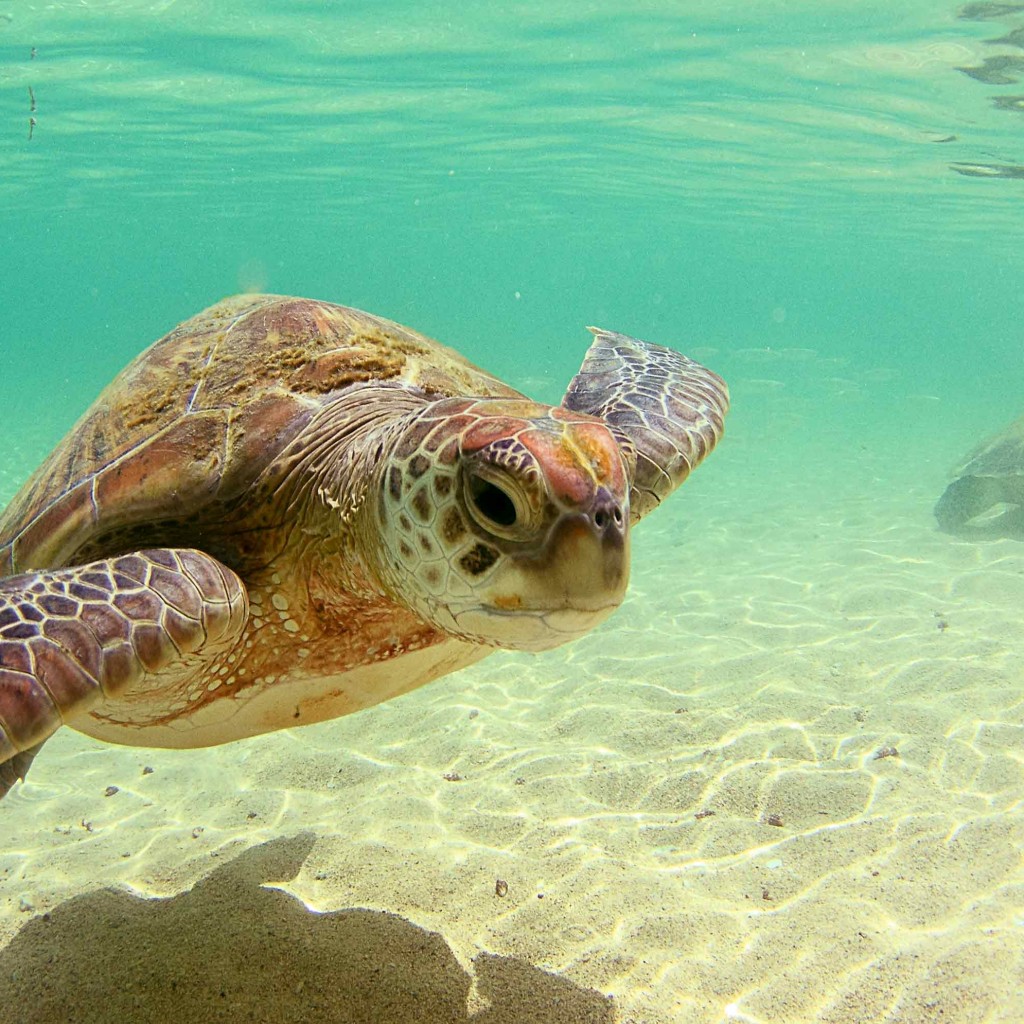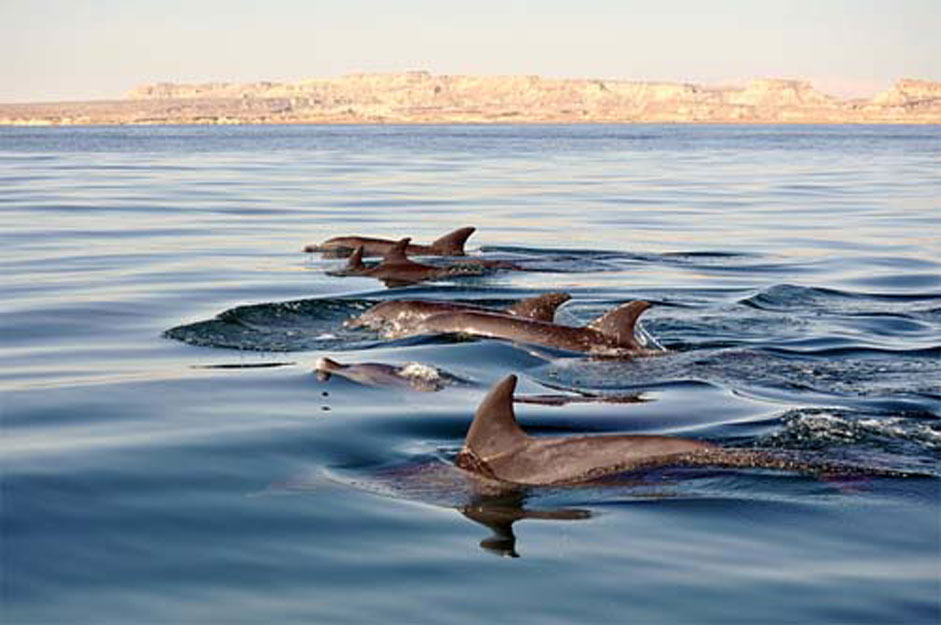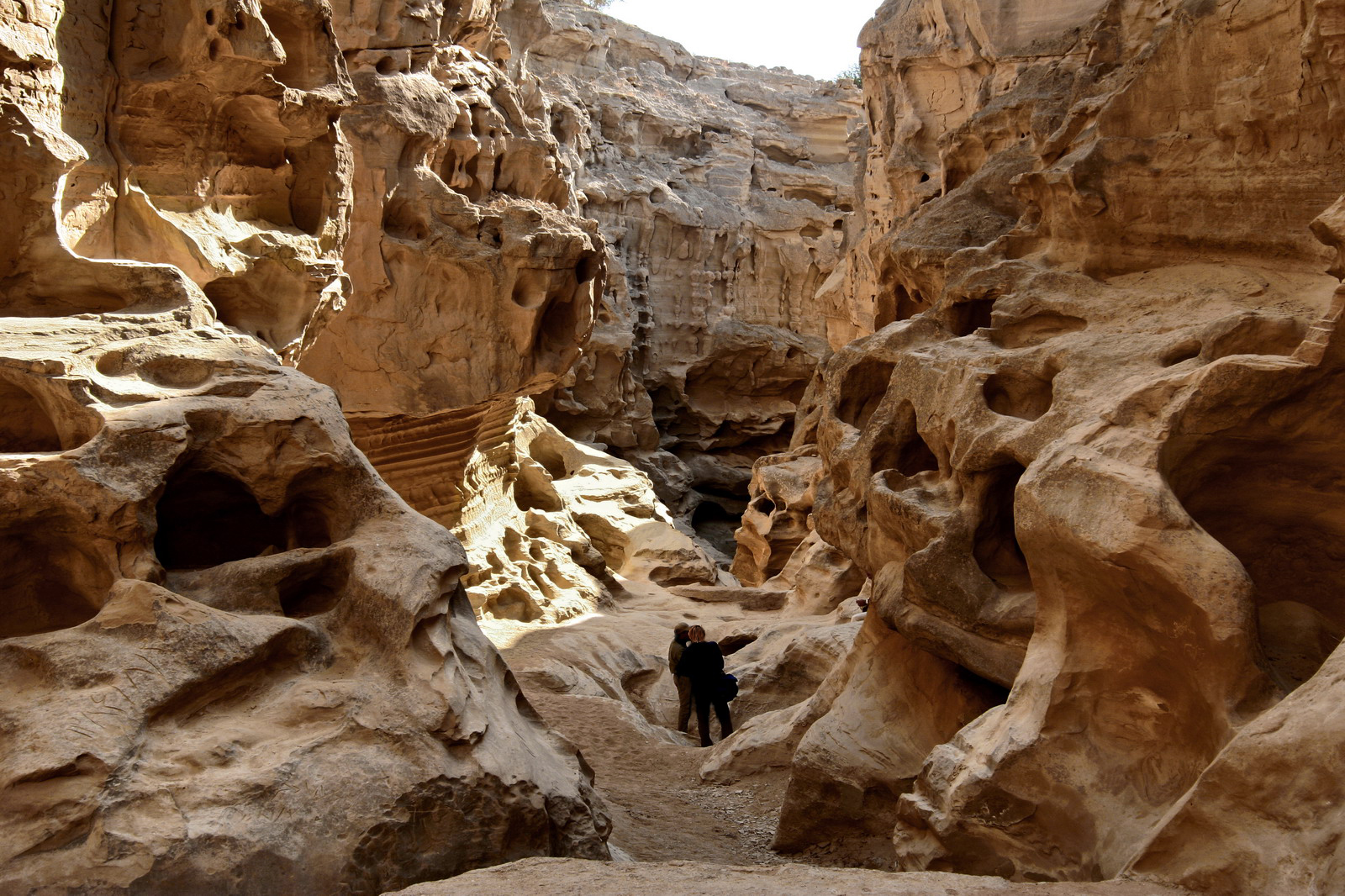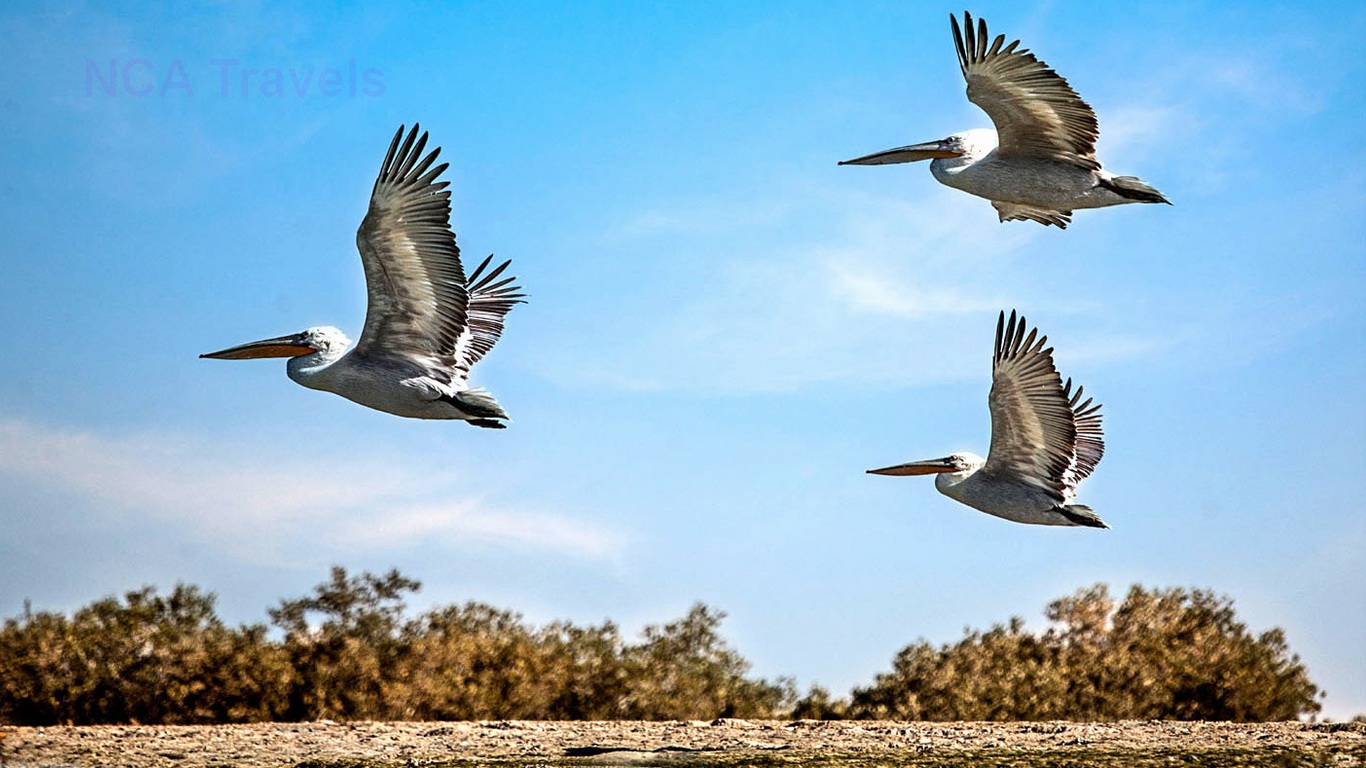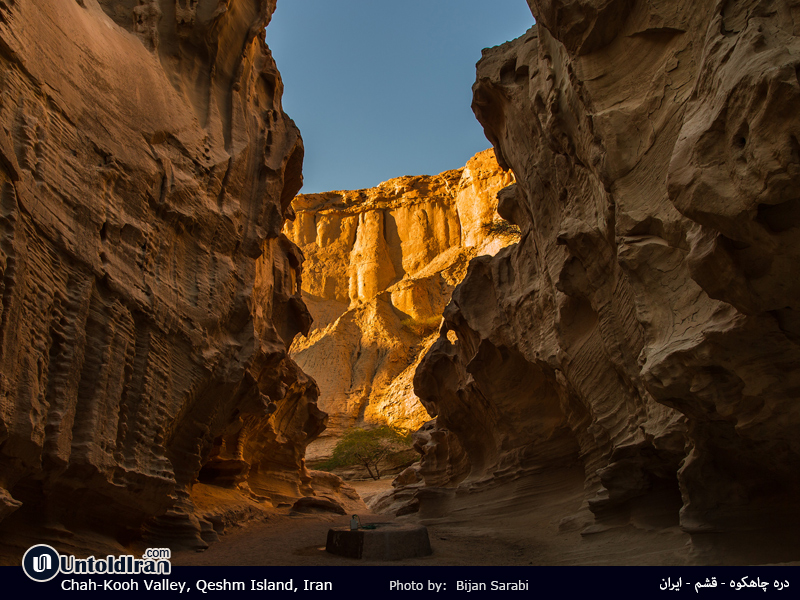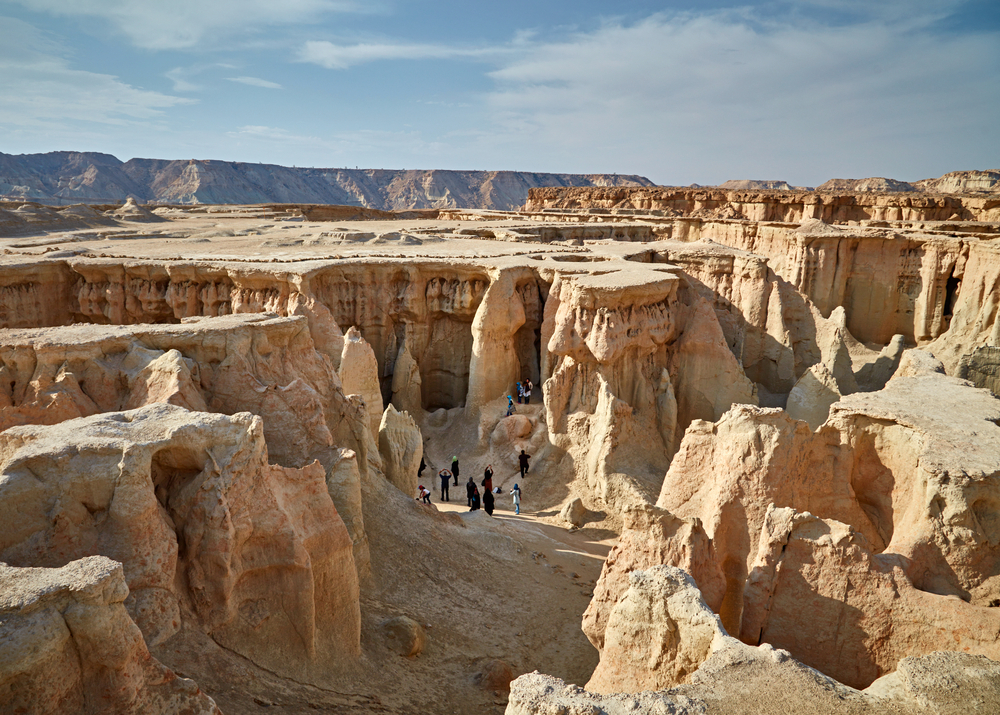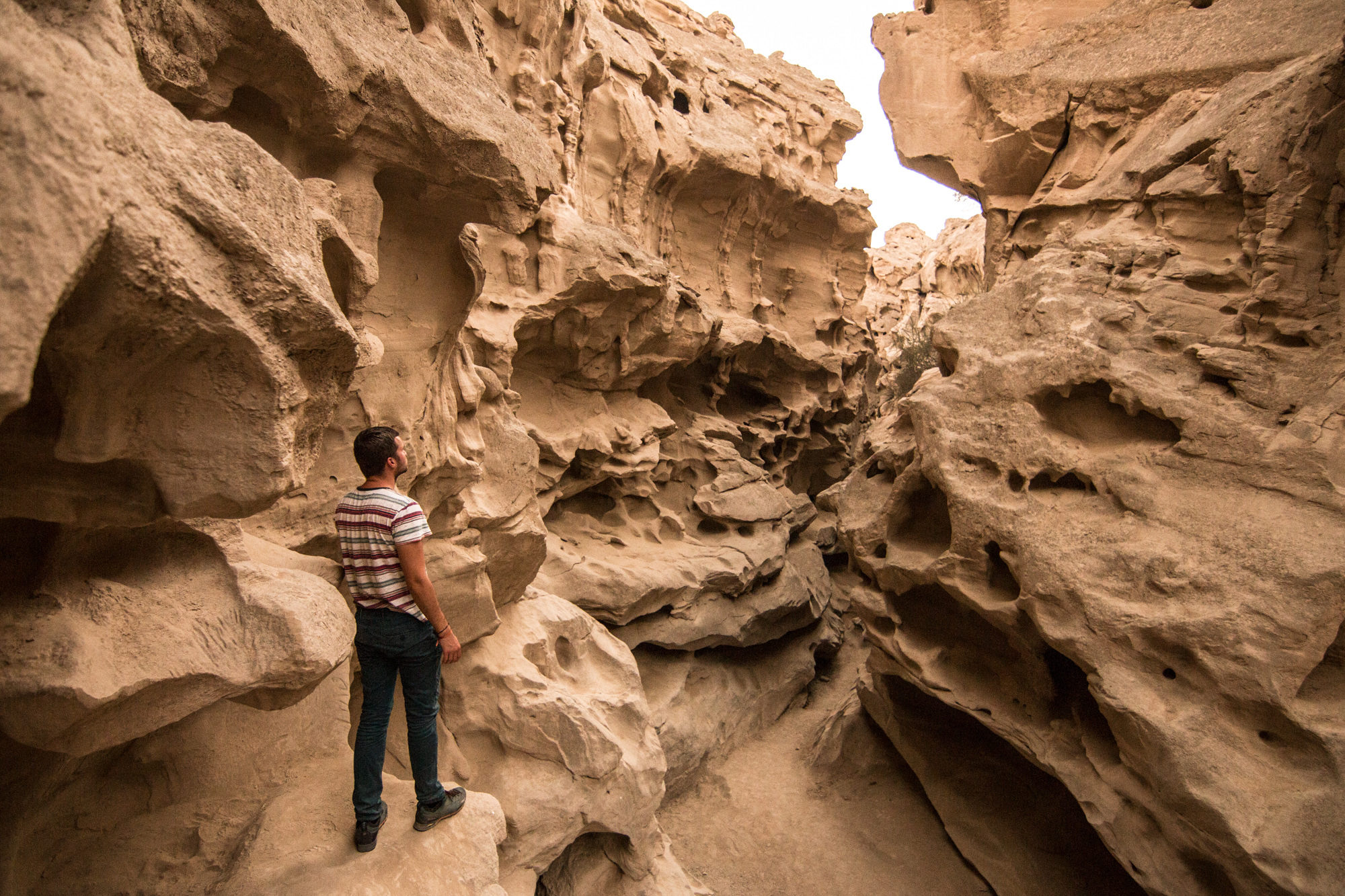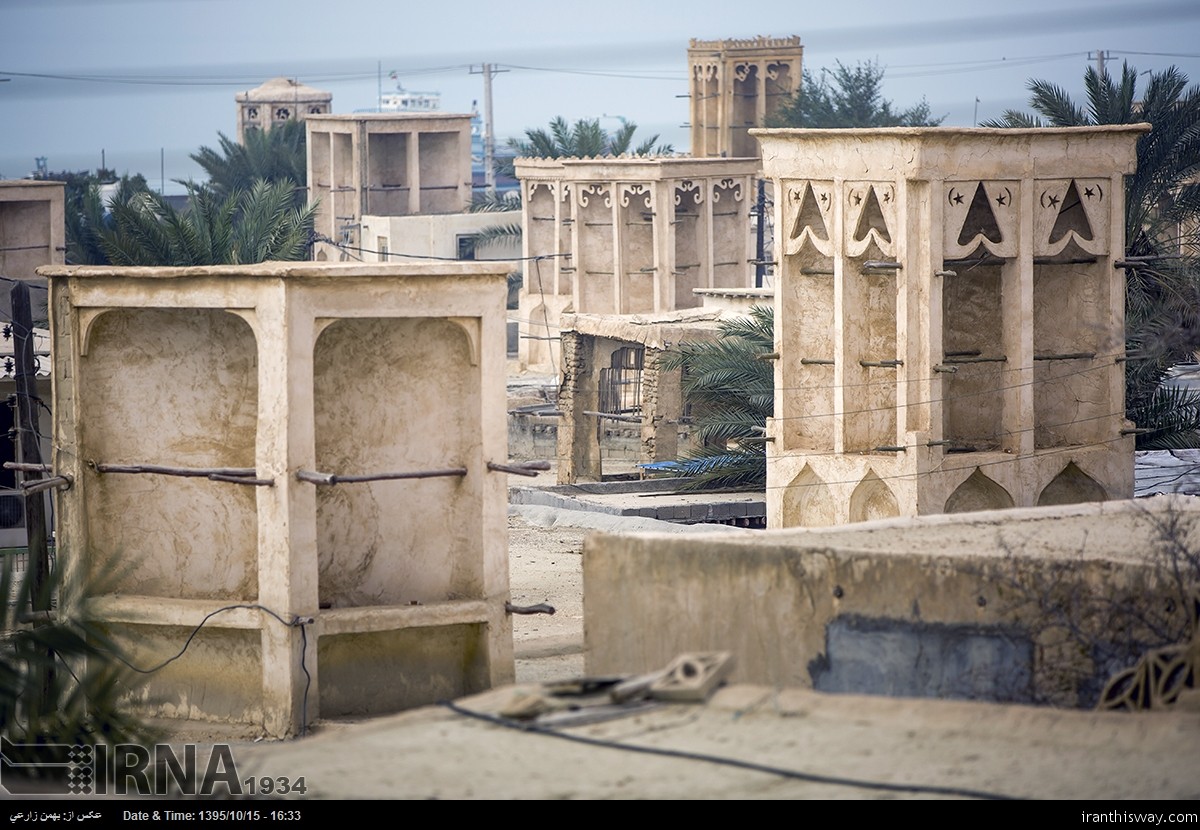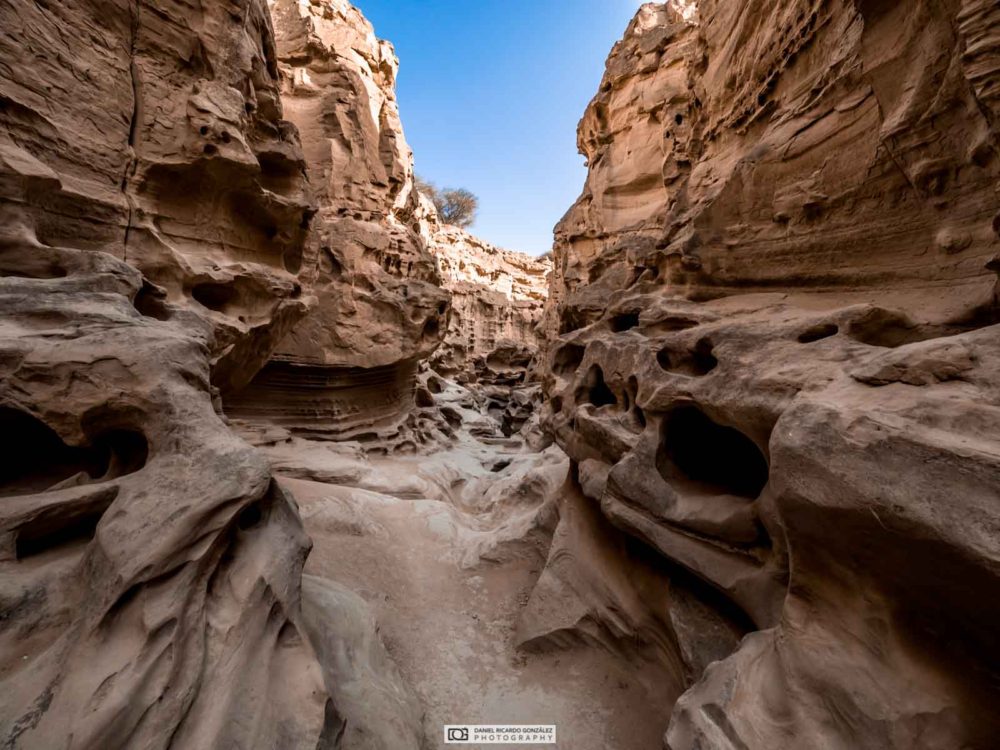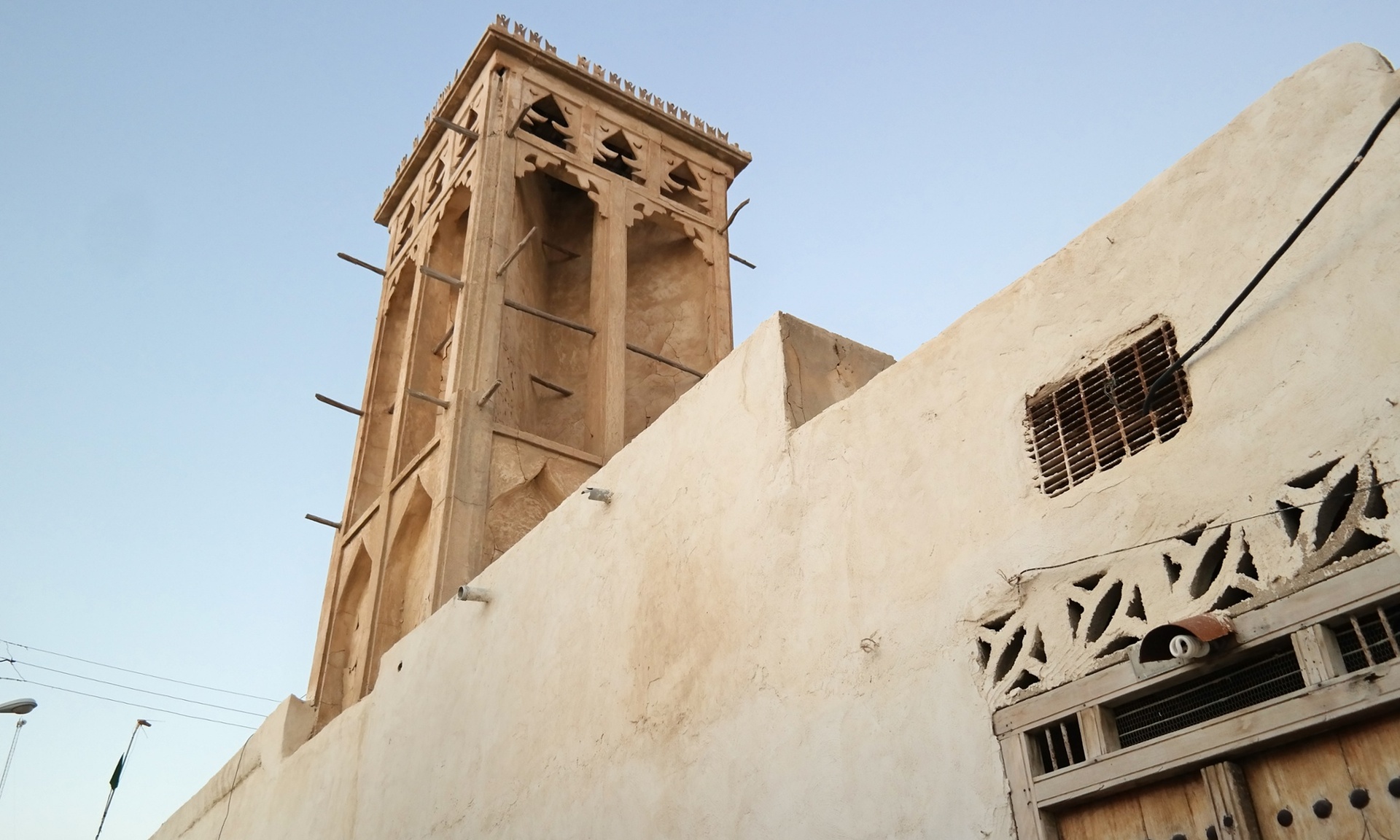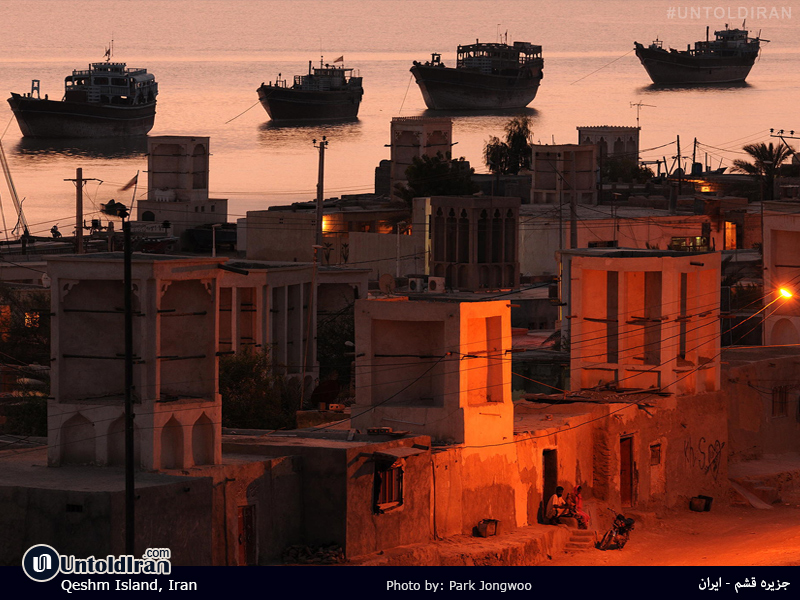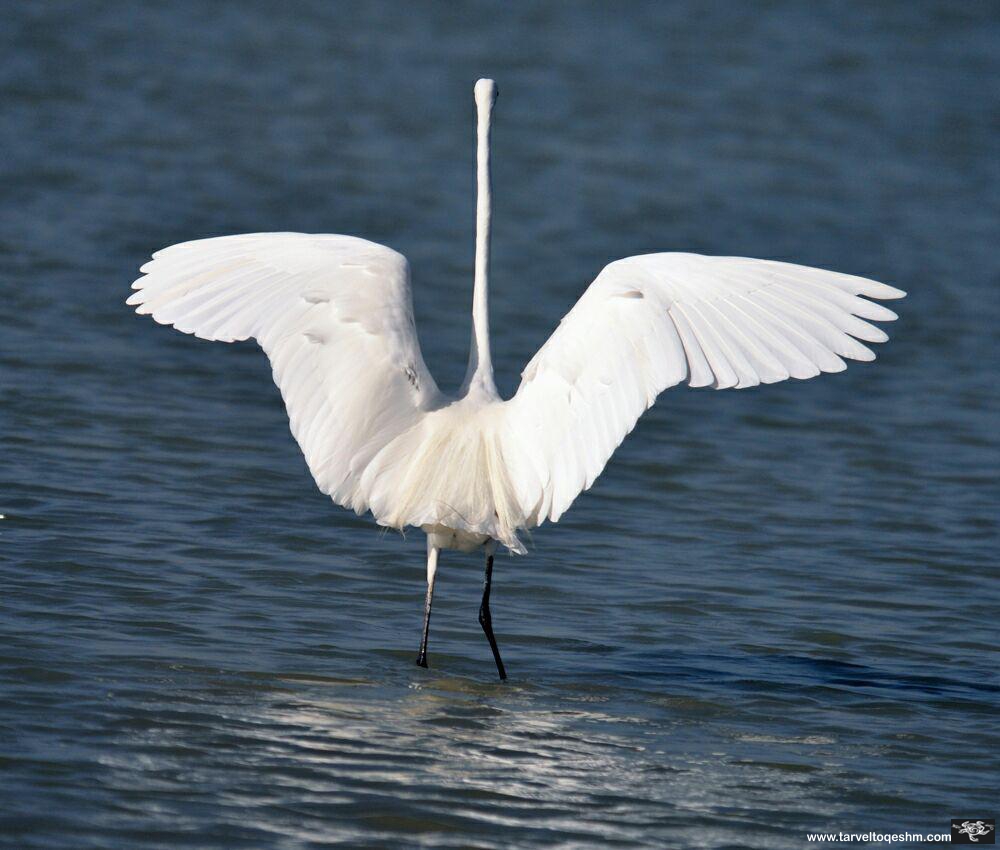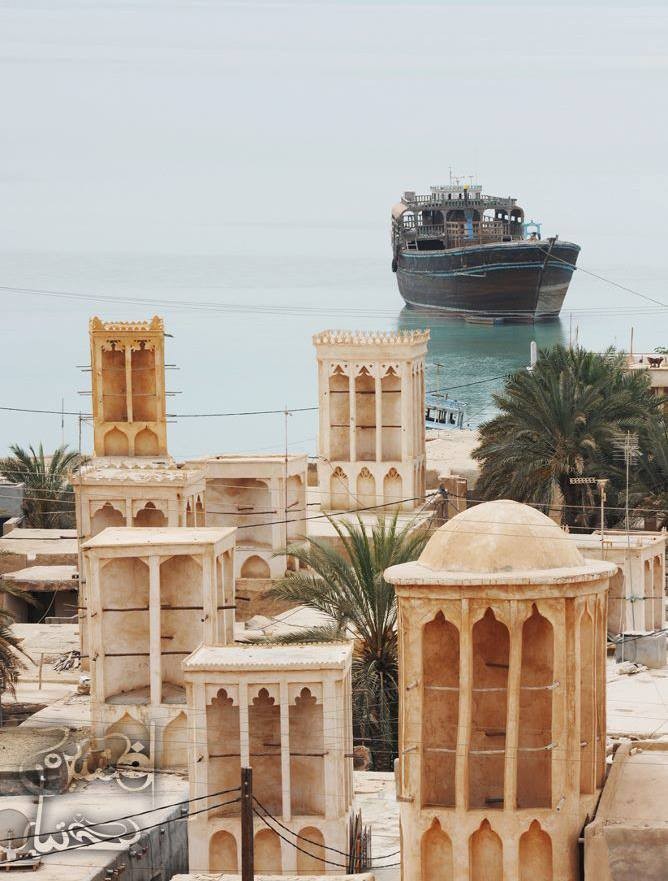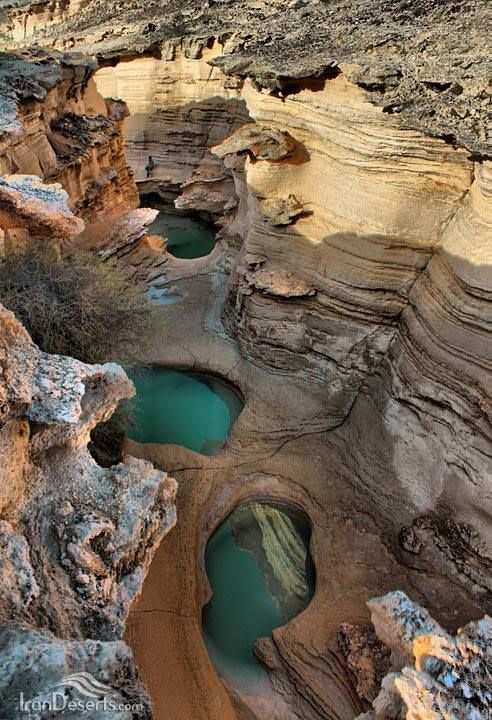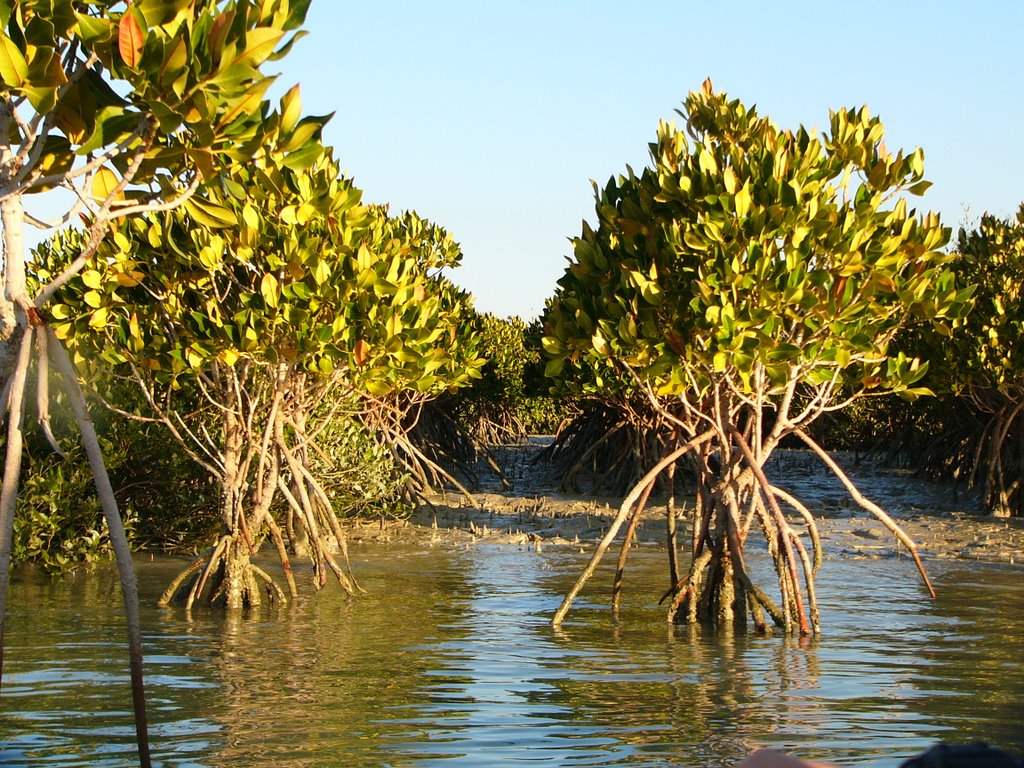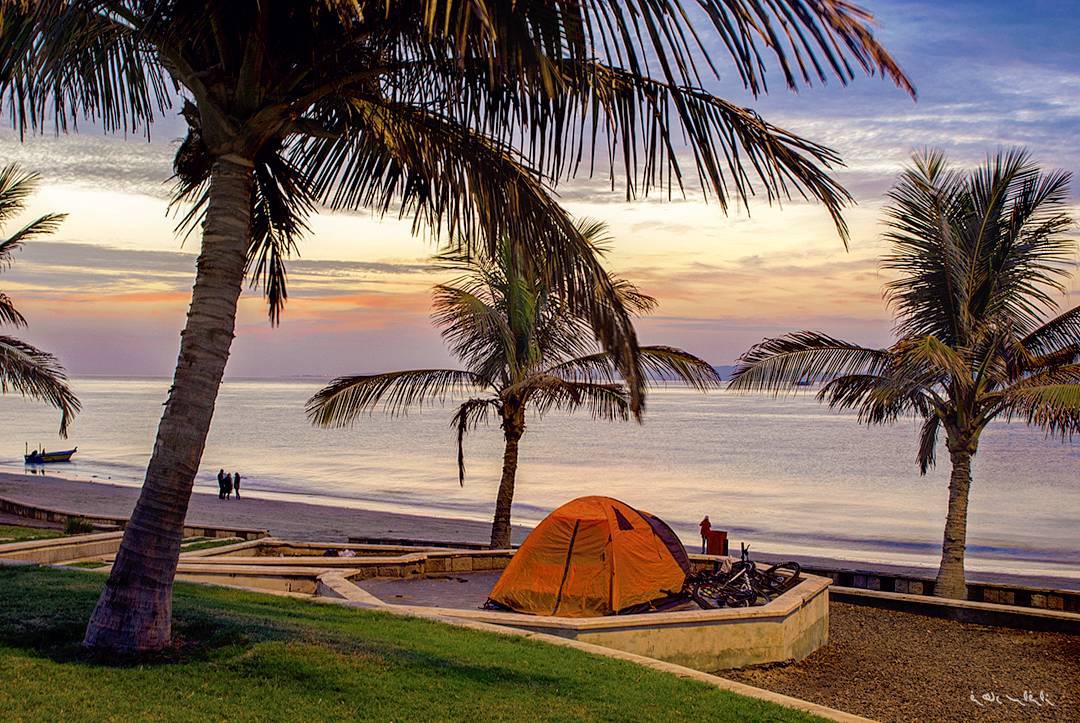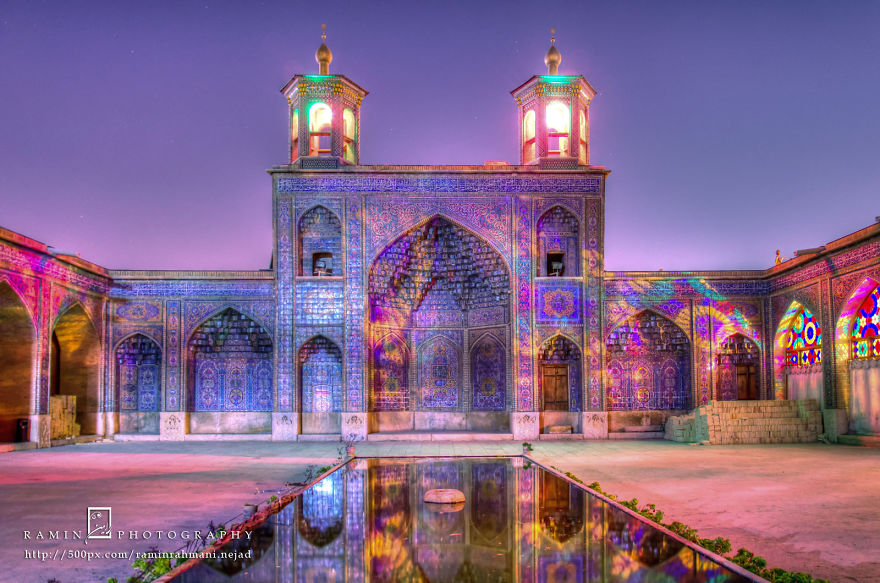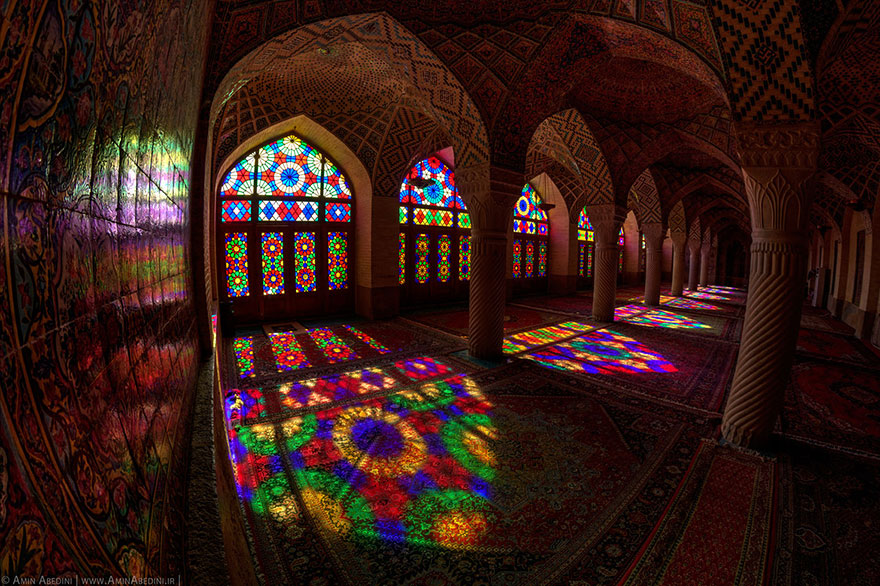Shiraz & Qeshm Island Tour
Shiraz & Qeshm Island Tour
Contact Us

QESHM ISLAND TOURIST ATTRACTIONS: When most people think about travel in Iran, they think of Shiraz and Isfahan, the big brothers of Iranian history and civilization. Few think of Iran as an island destination when, in fact, there are two major islands: Kish and Qeshm. Both islands are free-trade zones, and foreign tourists require no visa for up to 14 days. These islands are not your ‘typical’ islands in the sense that you should not expect palm tree-lined beaches and bikini-clad women, but they are rich in terms of ecotourism and geotourism. Qeshm, the largest, dolphin-shaped Persian Gulf island has a plethora of natural attractions, from pristine islands to forests, valleys to caves, and all the wildlife and cultural heritage in between. The Culture Trip explores the top ten things to do and see on Qeshm Island.
Naz Island: Naz Island is situated on the southern coast of Qeshm. At low tide, you can stroll on the soft sand full of colorful seashells and coral. During the ebb, this stretch of land is also the preferred spot for cars and trucks to race. Once high tide rolls in, however, it is hard to imagine that all of this was completely dry just a few hours earlier. The high and low tides of Naz Island were made famous by the popular Iranian TV series, Paytakht, in an episode in which a family, unaware of this phenomenon, parks their car out on the island during the low tide and gets stuck, their car and belongings slowly becoming flooded by the waters of the high tide.
Hara Forest: Located just behind Qeshm’s northern ‘fin,’ this forest is an 8,000-hectare biosphere reserve of mangroves, or hara as they are known locally. The mangroves, roots, and sludgy beds surface during the low tide, but this forest disappears during the high tide. The mangroves are rooted in the salt water of the Persian Gulf, but the filtration system of the bark extracts the salt, allowing sweet water to reach the leaves. This forest is mainly used for fishing, tourist boats, and a small amount of leaf-cutting for livestock feed. Sea turtles, crabs, shrimp, snakes, herons, cranes, and pelicans are among the animals that call this forest home.
Hengam Island: Located south of Qeshm is Hengam Island, where the tourist boats stop to see the dolphins play in the early morning. There is also a variety of tropical fish and stingrays in the natural ‘aquarium’ of the Persian Gulf. Gazelles inhabit the island, and it is said that they obtain fresh water by pressing their hooves into the ground. Hengam Island itself is full of fascinating rock formations and glistening black sand sprinkled over beige sand.
Valley of the Stars: Locals believe that a star once fell on this area thereby creating the rocky shapes that make it seem as if from another planet. In fact, it is the result of years of erosion by heavy precipitation. The valley is composed of marl and sandstone, and the rock formations vary from tall pillars, creating canyon-like paths, to hollowed-out spaces and smooth, round stones. With a little imagination, the eye can make out the shapes of faces, hands, animals, and even the map of Iran. A short hike to the top and you can see the layered mountain rock embedded with seashells. Local legend has it that the Valley of the Stars is full of ruh [spirits].
Bandar Laft: Bandar Laft is situated on Qeshm’s ‘fin’ next to Hara Forest. Even though Yazd is most often thought of as the city of badgir (windcatchers), an ancient Persian architectural structure used to create natural ventilation, a glance at the panoramic skyline of this historical port is proof of a rivalry. Few abanbar (ancient water reservoirs) also exist and are still used by locals today. This fishing town is also home to the Talla Wells, which store clean water and were created by cutting holes into layers of stone. Though in the past the number of wells was equal to the number of days in a leap year, it has dwindled to less than 100, each one with a unique name.
Lenj Shipyard: Close to Bandar Laft is a ship-building yard. Lenj, as they are known locally, are mainly used for fishing. Upon entering, you will notice lenj in different stages of building, from those in the beginning phases that are reminiscent of Noah’s Ark to those setting out into the water on their maiden voyage.
Namakdan Salt Cave: At 6,850 meters long, Namakdan, literally salt shaker, is the longest cave in the world. Situated in the southwestern part of the island, the cave is a result of sea water accumulating in the faults. The long corridors lead to the breathtaking dome decorated with white, salty chandeliers and stalactites.
Khorbas Cave: Overlooking the Persian Gulf, Khorbas Cave is part natural, part man-made. The caves are connected from the inside by a series of tunnels said to have been carved out by ancient Iranians. It is said that this cave may have been used as a look-out system to warn against impending attacks.
Chahkooh Pass: The striking natural beauty of Chahkooh, literally mountain of wells, has been named as such because of the wells at the beginning of the pass. The pass starts out wide but becomes more narrow, the walls nearly touching at some parts. Similar to the Valley of the Stars, Chahkooh is the result of erosion from rainwater on sedimentary stone.
Portuguese Fortress: This fortress was built by the Portuguese in the 16th century when they seized Qeshm in a strategic effort to maintain control over the Strait of Hormuz. The fortress was used for over a century, and today, four watchtowers, a number of cannons, and two cisterns still exist.
Shiraz Tourist Attractions: “Blessed be Shiraz in its unparalleled state/May God Almighty guard against its demise.” So wrote Hafez, the revered 14th century poet and native of Shiraz, a verse that has become for many the unofficial slogan of Iran’s esteemed cultural capital. Shiraz is a city steeped in history and poetry, and should be found at the top of any tourist’s itinerary. Here we run through 10 of the essential things to see and do when visiting this historic centre of arts, letters, and politics.
Vakil Bazaar: The wonderfully photogenic Vakil Bazaar is Shiraz’s main market place and home to hundreds of shops and stalls. Satisfyingly labyrinthine, the bazaar is the place for buying rugs, spices, jewellery, and household goods. Stumbling across teahouses, courtyards, caravanserais, and the traditional bathhouse, you may need more than one afternoon to explore the entirety of the Vakil Bazaar. The vaulted arched ceilings are a fine example of 18th century Zand architecture, and make for a pleasantly cool atmosphere through which to meander.
Eram Garden: Shiraz is famed for its cultivation of fine gardens, and Eram is arguably the model par excellence. Eram falls within Shiraz University’s botanical gardens, and is replete with cypress trees, trimmed hedges, and rosebushes. At its centre is a small pool and a splendid Qajar-era palace, though it is closed to the public. The garden is located just north of the Khoshk River, opposite the university.
Shah-e Cheragh Mausoleum: The Shah-e Cheragh (‘King of Light’) mausoleum is the picturesque resting place of two of the martyred brothers of Ali Reza, the 8th Shia Imam. Although killed in the 9th century, the present-day burial site has been considerably developed since the Qajar era. The central courtyard has a fountain at its centre, and the shrine features characteristically Iranian, intricate blue tile work and a dazzling mirrored interior, making it one of the prettiest mosques in Shiraz.
Nasir ol-Mulk Mosque: Not far from Shah-e Cheragh, the Nasir ol-Mulk Mosque, also known as the Pink Mosque, is one of Shiraz’s most famous buildings. The Qajar-era mosque, completed in 1888, is celebrated for its delightfully colourful interiors: the stained-glass windows, intricately painted tiles and arches, and innumerable Persian carpets create a mesmerising, kaleidoscopic aesthetic which can’t fail to astound. Combined with rows of delicately carved pillars, each angle of Nasir ol-Mulk Mosque is more photogenic than the last.
Tomb of Hafez: Hafez is arguably the most loved and respected poet in the vast canon of Persian literature. Considered the master of the ghazal (a short, amorous, rhyming poem), Iranians from all walks of life can quote his verses on demand. His tomb resides in a well-kept garden in northeast Shiraz; more than a tourist attraction, it functions as a site of pilgrimage for his admirers the world over. Have your fortune told, visit the onsite teahouse, and contemplate the playful nuances of his lyrical ingenuity as you wander around the extensive grounds.
Tomb of Sa’di: The 13th century poet Sa’di was an important precursor to Hafez, and is one of the most cherished ancestors of modern day Shirazis. Many of his pithy maxims have attained a proverbial status, and he is widely praised for the enduring simplicity of his verse. His tomb is less busy than that of Hafez, but is located nearby and worth visiting on the same day. The underground teahouse offers a cool spot to refresh yourself after exploring the garden of roses and cypress trees.
Persepolis: Persepolis, or Takht-e Jamshid in Persian, was the magnificent ceremonial capital of the ancient Achaemenid Empire, over 2500 years ago. Ransacked by Alexander the Great, the site represents the pinnacle of ancient Iran’s political and architectural achievements. The UNESCO world heritage site is located about 70 kilometres northeast of Shiraz, and tours will take you from the city centre on a day trip. The impressive ruins require a good few hours to explore, although take plenty of water, for the midday sun can be pretty unforgiving.
Naqsh-e Rostam and Naqsh-e Rajab: A tour to Persepolis should include a visit to the nearby rock tombs and reliefs of Naqsh-e Rostam and Naqsh-e Rajab. The former consists of four massive tombs built into the face of a cliff, an appropriately ostentatious final resting place for four Achaemenid kings. Below you will see some stone reliefs depicting various Sassanian imperial triumphs, such as the Roman Emperor Valyerian kneeling before Shapur I. Four more Sassanian reliefs can be found at the less well-tended Naqsh-e Rajab, only five minutes away.
Pasargadae: The final stop on your day-trip outside the city should be Pasargadae, an Achaemenid political centre that predates Persepolis. Another 50 kilometres north of its more famous successor, it’s not the most convenient of destinations, but the striking solemnity of Cyrus the Great’s ancient tomb, now surrounded by inhospitably harsh terrain, justifies the effort. The founder of the Achaemenid Empire, his isolated tomb is built upon a broad-stepped base, and was allegedly visited by Alexander the Great himself, after he conquered Persepolis.
Karim Khan Citadel: Located centrally, the citadel (or arg in Persian) was built in the 18th century by the founder of the Zand dynasty, Karim Khan. Having made Shiraz his capital, the citadel was one of Karim Khan’s many ambitious construction projects in the city. Lofty and rectangular, the fortress features four circular towers (which were historically used as prisons), and is more unusual on the inside than the outside. Once inside, you can appreciate the shade of the many citrus trees and the gentle trickling of the central pool, before exploring the well-put-together museum of the Zand period.
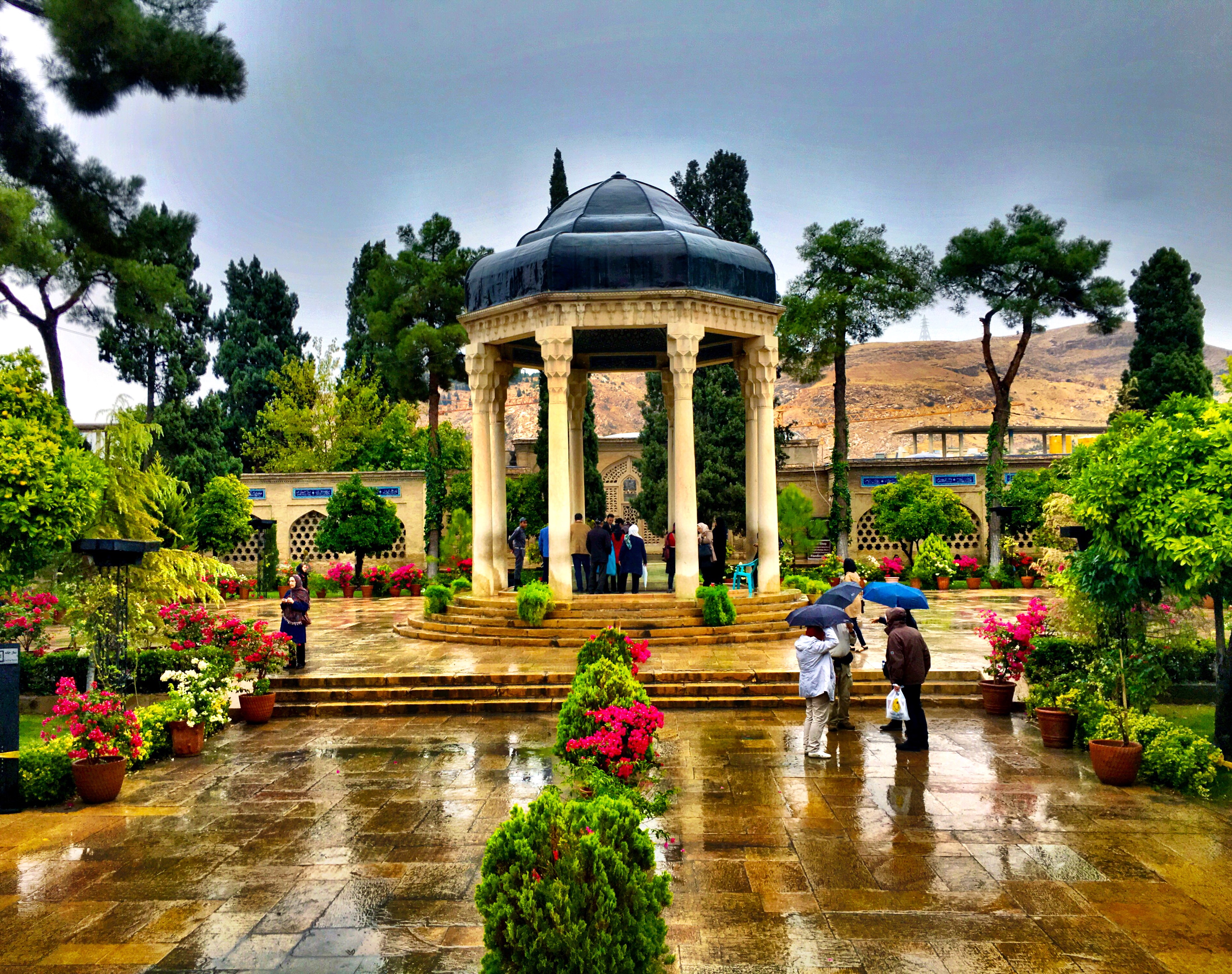


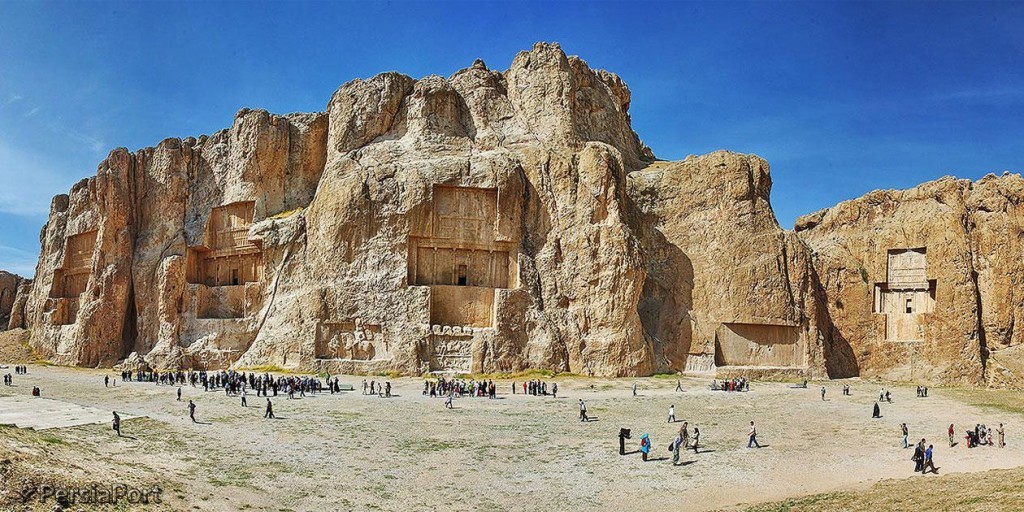
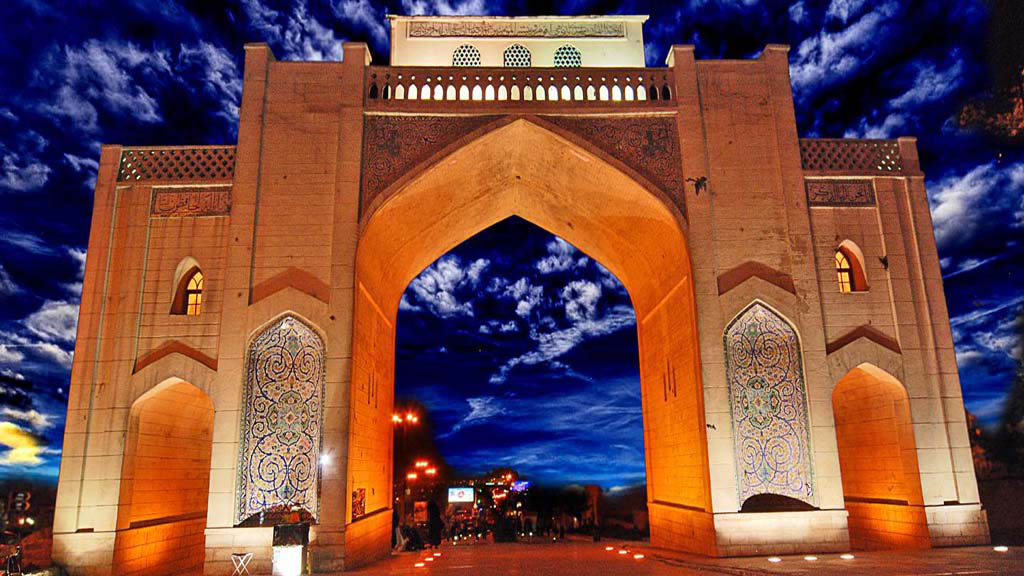
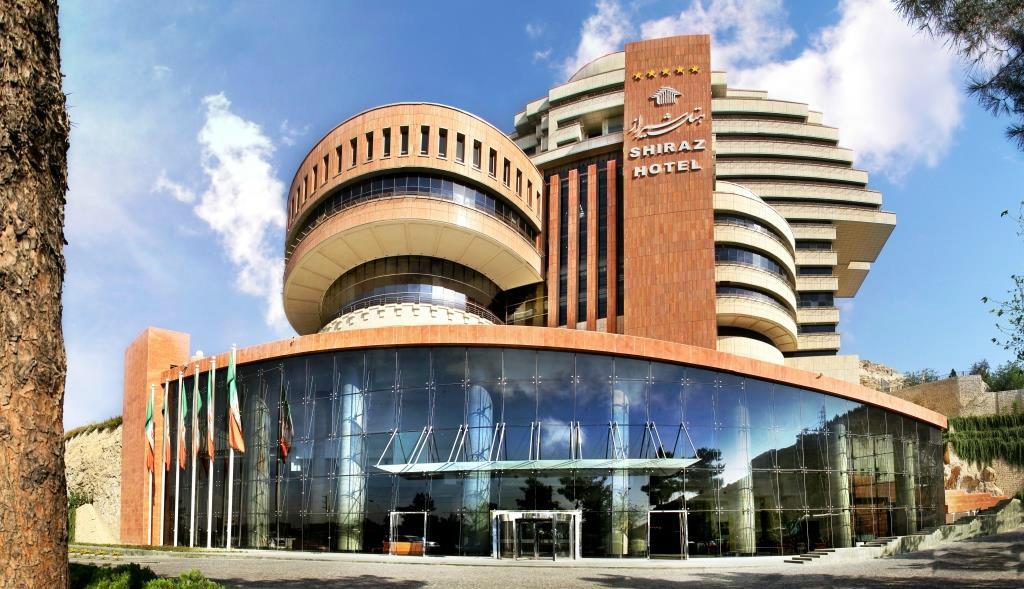
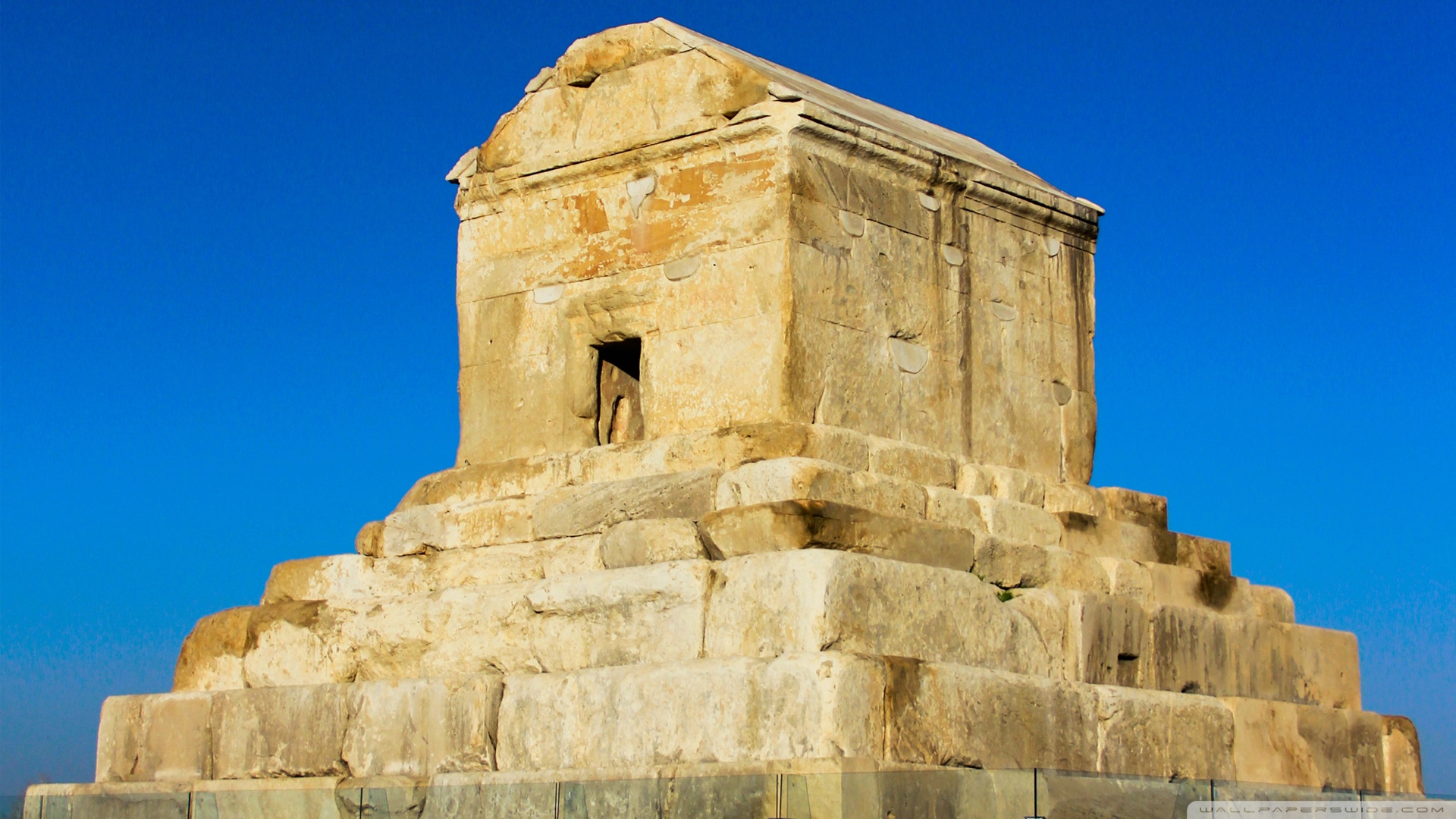
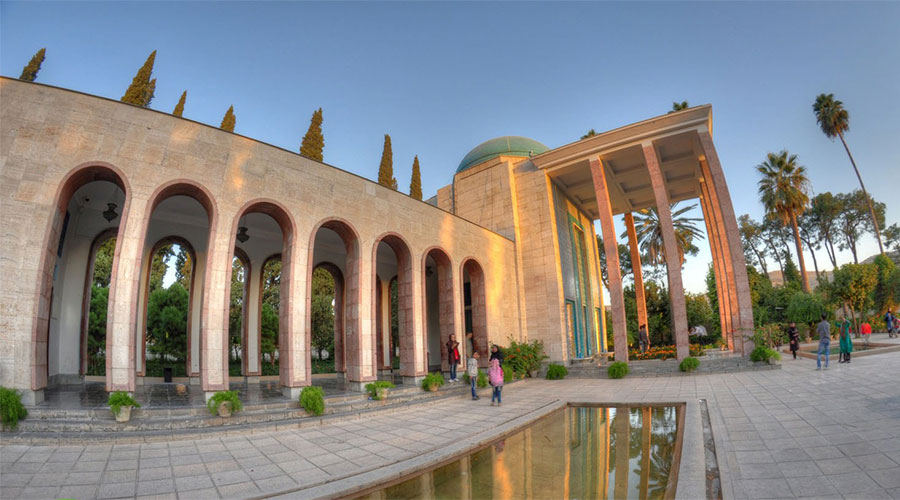
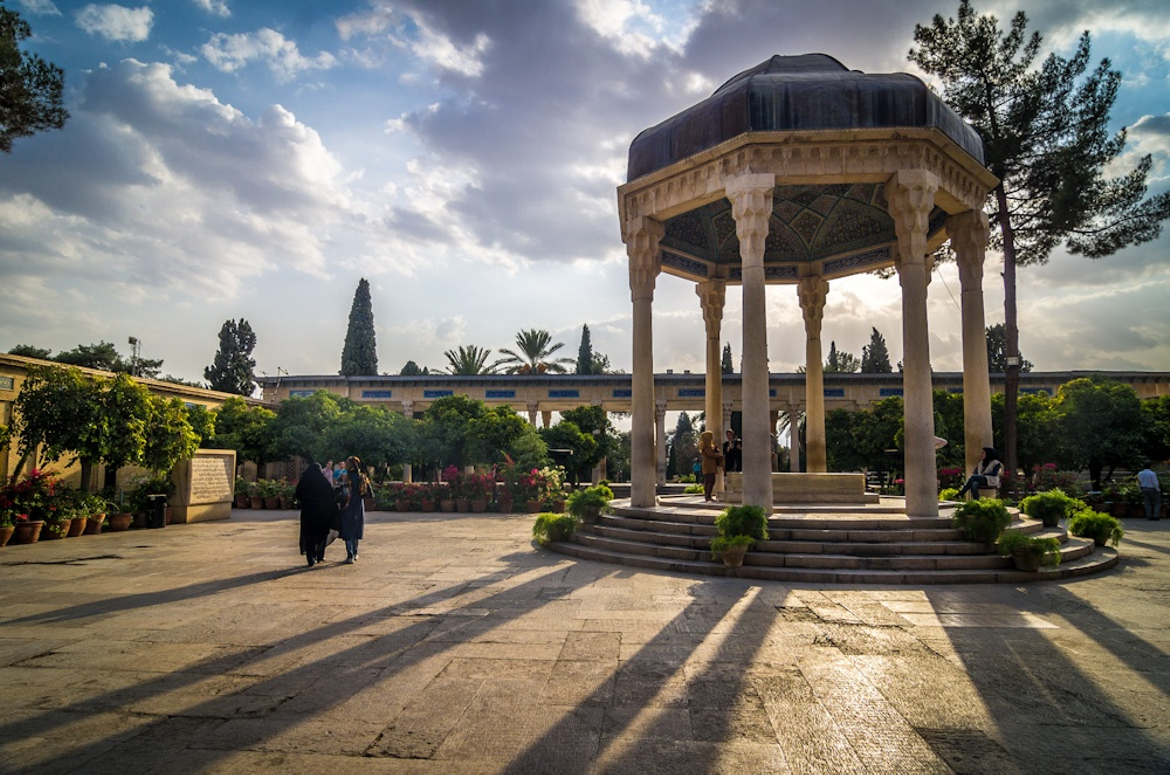
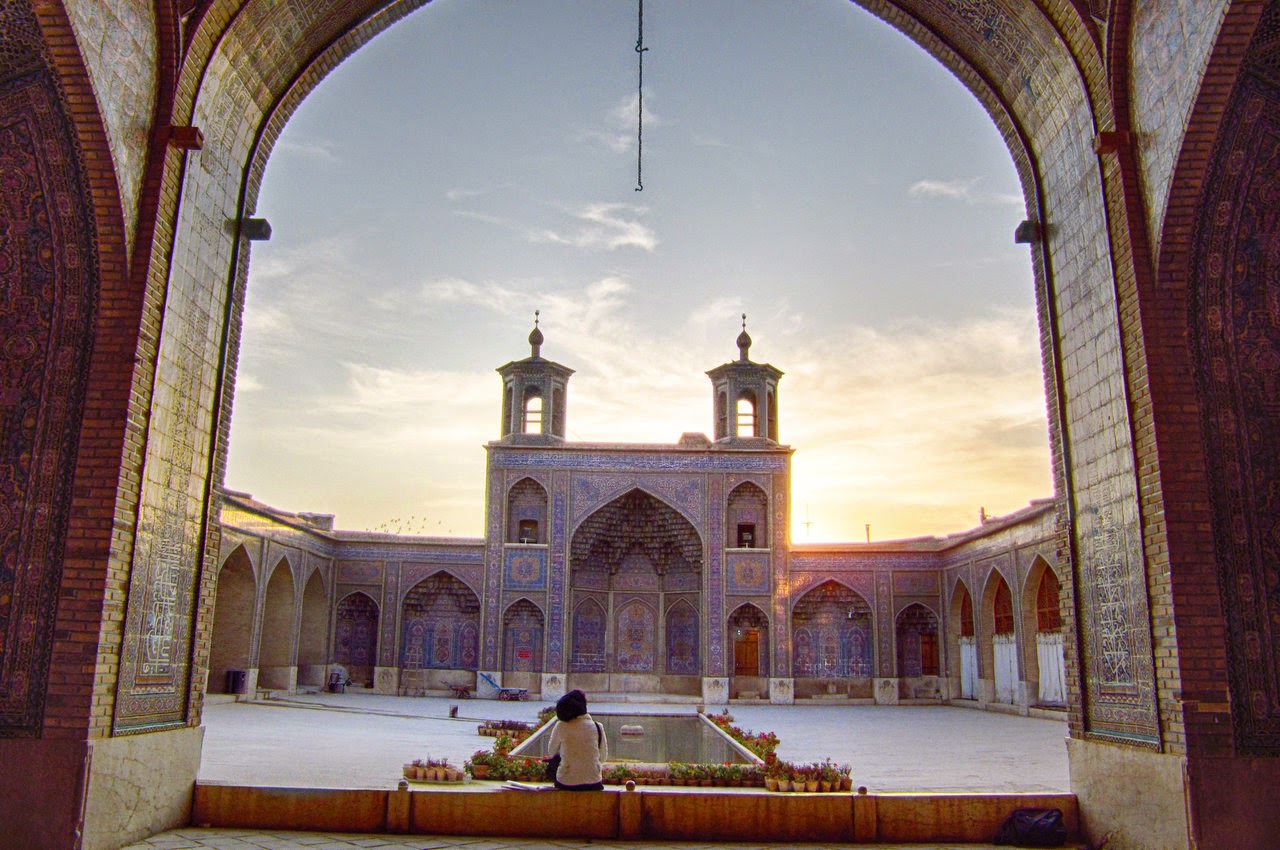
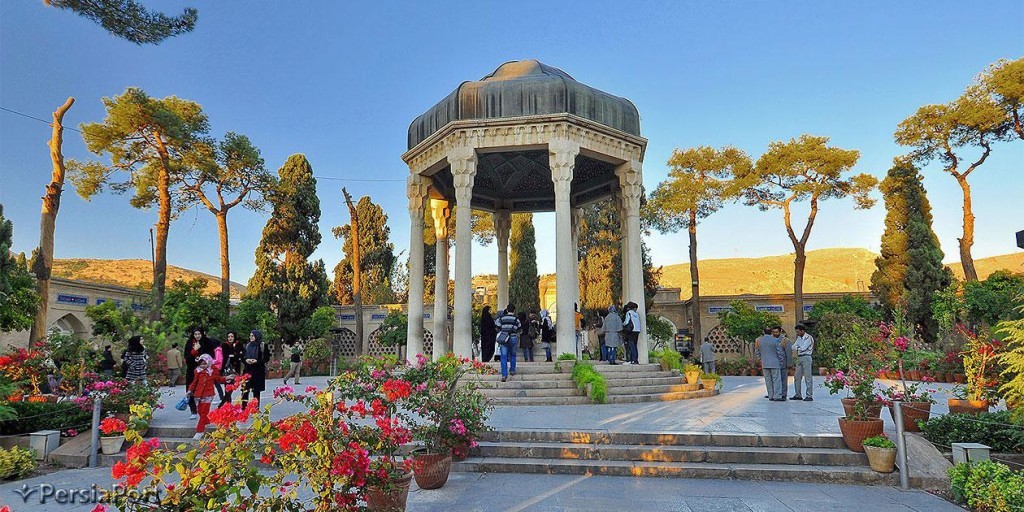
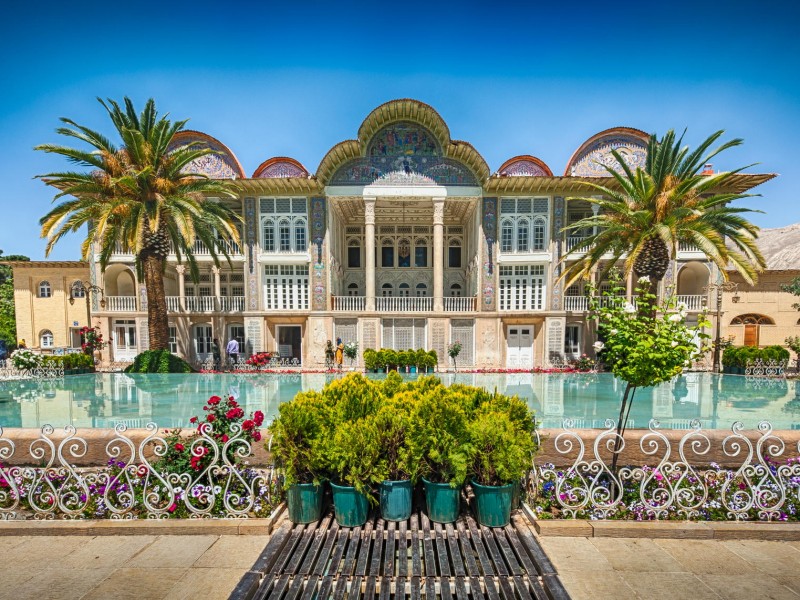
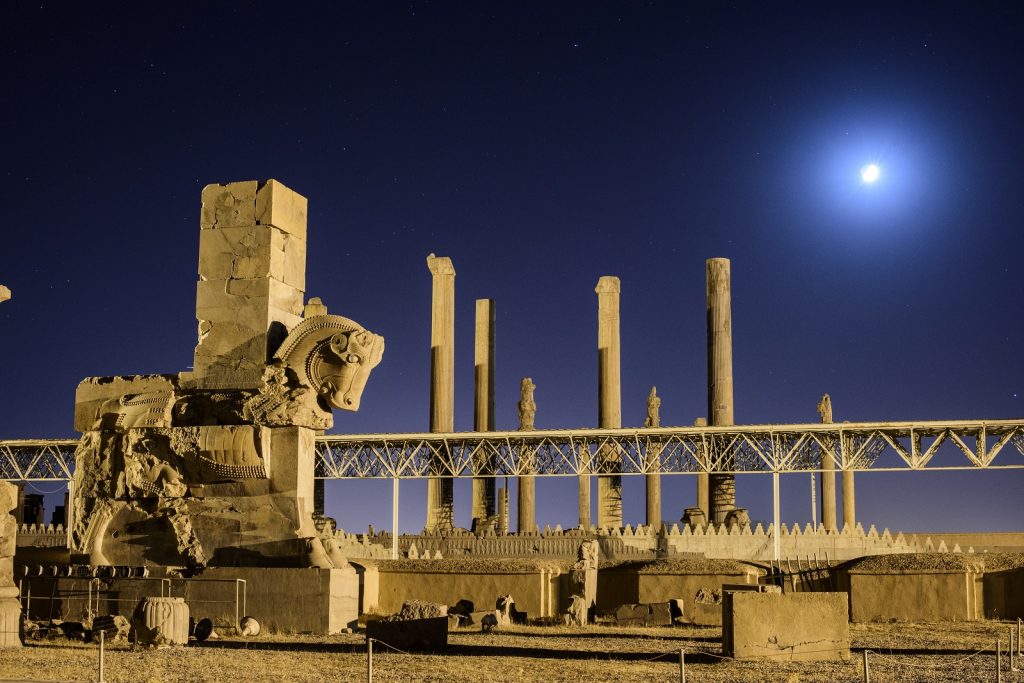
Photo by: Mohammad reza Domiri Ganji : http://gravity.ir
